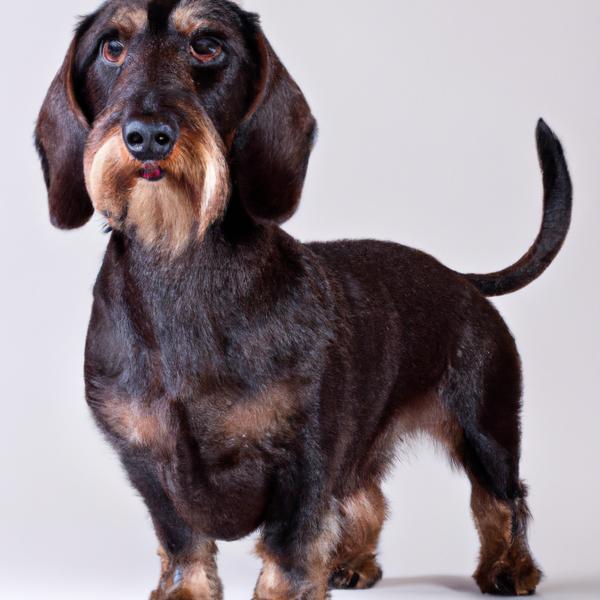Doxie Scot vs. Coton Eskimo: Breed Differences and Similarities
Hypoallergenic
Are Doxie Scots or Coton Eskimos hypoallergenic, or neither?
Unfortunately, neither Doxie Scot nor Coton Eskimo are hypoallergenic, which may not make them the best choice for dog lovers who suffer from pet allergies.
Temperament
What are the personalities of Doxie Scot and Coton Eskimo dogs?
Playful
Stubborn
Independent
Alert
Courageous
Quick
Devoted
Lively
Selfish
Clever
Playful
Independent
Energetic
Protective
Alert
Intelligent
Friendly
Affectionate
Lively
Trainable
Vocal
Shedding Level
Do Doxie Scots shed more than Coton Eskimos, or which breed sheds more, Doxie Scots or Coton Eskimos?
Doxie Scots shed very little hair, making them a great choice for those who dislike excess hair in the house.
Coton Eskimos are heavy shedders, but regular brushing can help manage shedding and promote a healthy coat.
Watchdog Ability
Which dog breed makes a better watchdog, the Doxie Scot or Coton Eskimo?
Doxie Scots aren't great guard dogs; they tend to just watch without taking action.
Coton Eskimos make excellent watchdogs - they're vocal and protective of their territory.
Origin
What is the origin of Doxie Scot and Coton Eskimo dog breeds?
United States
United States
Ancestry
What are the origins of Doxie Scot and Coton Eskimo breeds?
Scottish Terrier, Dachshund
Coton de Tulear, American Eskimo
Breed recognition
Which kennel clubs recognize/register Doxie Scot and Coton Eskimo?
ACHC = American Canine Hybrid Club
DBR = Designer Breed Registry
DDKC = Designer Dogs Kennel Club
DRA = Dog Registry of America, Inc.
IDCR = International Designer Canine Registry®
ACHC = American Canine Hybrid Club
DDKC = Designer Dogs Kennel Club
DRA = Dog Registry of America, Inc.
IDCR = International Designer Canine Registry®
Date of Birth
When were Doxie Scot and Coton Eskimo breeds first developed?
Unknown
Eye Color Possibilites
What are the eye colors of Doxie Scot and Coton Eskimo dogs?
Brown
Brown
Nose Color Possibilites
What are the natural nose colors of Doxie Scot and Coton Eskimo?
Black
Black
Coat Color Possibilites
What are the natural colors of the coat for Doxie Scot and Coton Eskimo breeds?
Black
Brown
Red
White
White
Pied
Cream
Coat Length
What is the typical coat length for Doxie Scot and Coton Eskimo breeds?
The coat of Doxie Scot and Coton Eskimo dogs falls in the medium-length category.
Coat Density
What is the density of the coat of Doxie Scot and Coton Eskimo?
Coat Texture
What is the hair texture of Doxie Scot and Coton Eskimo?
Wiry
Straight
Litter Size
What is the usual litter size for Doxie Scot and Coton Eskimo?
A Doxie Scot can have a litter of 4-8 puppies on average. However, it's worth noting that the size of the litters can vary greatly. Factors that can influence litter size include the health of the mother, breeding history, and genetics.
A Coton Eskimo can have a litter of 4-6 puppies on average. However, it's worth noting that the size of the litters can vary greatly. Factors that can influence litter size include the health of the mother, breeding history, and genetics.
Adaptability
The adaptability of Doxie Scot and Coton Eskimo dogs is a well-known trait. They are known for being able to adjust well to different living environments and lifestyle changes.
Health Issues
Between Doxie Scot and Coton Eskimo, which breed is more prone to health problems?
Doxie Scots typically have low vet costs due to their good health, but it's important to monitor their health and seek vet care when necessary.
While the Coton Eskimo breed is generally healthy, occasional vet check-ups are still necessary to address any health concerns.
Major Concerns
What are the major health concerns for Doxie Scot and Coton Eskimo breeds?
Intervertebral Disc Disease
Hip Dysplasia
Progressive Retinal Atrophy
Hip Dysplasia
Minor Concerns
What minor health issues should be kept in mind when owning Doxie Scot and Coton Eskimo?
Patellar Luxation
Cataracts
Glaucoma
Von Willebrand's Disease
Cushing's Disease
Patellar Luxation
Legg-Calve-Perthes Disease
Heart Murmur
Occasional Tests
What occasional tests are recommended for Doxie Scot and Coton Eskimo breeds?
Eye Examination
Physical Examination
Radiographs
Blood Tests
X-Rays
MRI
CT Scan
Physical Examination
Blood Work
Ophthalmic Examination
Energy
How do the energy levels of Doxie Scots and Coton Eskimos compare?
Doxie Scots are a good choice for a low-key lifestyle due to their low energy levels.
Coton Eskimos' high energy levels make them unsuitable for a low-key dog, choose accordingly.
Social Needs
Doxie Scot vs Coton Eskimo social needs comparison
Doxie Scot has above average social needs and thrives with interaction with humans and other dogs.
Coton Eskimo has very high social needs and requires regular mental and physical stimulation, a job or purpose, and companionship.
Exercise Needed
Doxie Scot vs Coton Eskimo exercise need comparison.
Doxie Scots require minimal physical activity for a healthy lifestyle.
Coton Eskimos need moderate physical activity and are great for families and active individuals.
Sleeping Need
Which of the two sleeps the most/least: Doxie Scot or Coton Eskimo?
Doxie Scots have moderate energy levels and typical sleep patterns of 12-14 hours per day.
Coton Eskimos sleep less than other breeds but still need adequate sleep for good health.
Tendency to Bark
Do Doxie Scots or Coton Eskimos bark more/less frequently?
Doxie Scot and Coton Eskimos tend to bark moderately, they bark when necessary, such as to alert their owner or to communicate something. They may also bark due to certain triggers like fear, alarm, boredom, greeting, separation anxiety and compulsive barking.
Mouthiness
Mouthiness Comparison: Doxie Scot vs Coton Eskimo?
Roaming urge
Doxie Scot vs Labrador: Running away tendency?
Prey Drive
Doxie Scot or Coton Eskimo - which breed has a higher level of prey drive?
Activity Level
Which breed has higher energy, Doxie Scots or Coton Eskimos?
Both Doxie Scot and Coton Eskimo are medium-energy dogs that enjoy socializing and playing with other dogs. They may engage in casual or sustained games of chase, and occasionally have bursts of barking or racing around the house.
Tolerance of being left alone
Walks per Week
How many miles should Doxie Scot or Coton Eskimo walk each week?
There's really no limit to how far you walk your dog as long as they're comfortable. For Doxie Scot, it's at least 4 miles / week. Just remember to build distance and stamina gradually over time.
There's really no limit to how far you walk your dog as long as they're comfortable. For Coton Eskimo, it's at least 9 miles / week. Just remember to build distance and stamina gradually over time.
Activity per Day
Do Doxie Scots or Coton Eskimos require more exercise?
In general most Doxie Scots usually need at least 60 minutes of exercise daily. This can be spread across the day and include all sorts of high-energy activities, like walking, running and playing.
In general most Coton Eskimos usually need at least 45 minutes of exercise daily. This can be spread across the day and include all sorts of high-energy activities, like walking, running and playing.
Grooming
Which breed is easier to maintain in terms of grooming, Doxie Scots or Coton Eskimos?
The Doxie Scot requires an average amount of grooming compared to other breeds.
Coton Eskimos require significant grooming, including regular trims and professional grooming assistance to maintain their coat. They may also require frequent bathing to keep their coat and skin healthy.
Brushing Frequency
What is the recommended brushing frequency for Doxie Scot and Coton Eskimo dogs?
Doxie Scot and Coton Eskimo should be brushed at least once a week. Of course, you can give them more frequent brushes if you find that they are still shedding a lot.
Brushing Tools
What brushing tools are used for Doxie Scots and Coton Eskimos?
Pin Brush
Slicker Brush
Comb
Nail Clipper
Pin Brush
Slicker Brush
Dematter
Nail Clipper
Cups
How much food should be given to Doxie Scot or Coton Eskimo in cups?
For an average 18-28 pound (8 - 13 kg) Doxie Scot feed 1 cups daily. But, keep in mind, the amount you feed is going to be dependent on the quality of the food you are feeding.
For an average 15-25 pound (7 - 11 kg) Coton Eskimo feed 3 cups daily. But, keep in mind, the amount you feed is going to be dependent on the quality of the food you are feeding.
Daily Cost
Which breed has a higher daily cost, Doxie Scot or Coton Eskimo?
The average cost of a Doxie Scot is somewhere $1.10 - $1.40 per day.
The average cost of a Coton Eskimo is somewhere $1.70 - $2.00 per day.
Monthly Cost
Which breed has a higher monthly cost, Doxie Scot or Coton Eskimo?
The average per month expenses of a Doxie Scot is between $28 - $42. This makes an average of $336 - $504 per year. It will be on the higher side when the dog is still small because it will need more frequent visits to the vet, shots.
The average per month expenses of a Coton Eskimo is between $48 - $63. This makes an average of $576 - $756 per year. It will be on the higher side when the dog is still small because it will need more frequent visits to the vet, shots.
Intelligence
Comparing Intelligence: Doxie Scots vs Coton Eskimos
Doxie Scots are average in obedience intelligence but have a high IQ and may cause trouble if left unsupervised.
Coton Eskimo is a very intelligent and trainable breed.
Sensitivity Level
How do Doxie Scot and Coton Eskimo compare in sensitivity?
This breed is sensitive and requires gentle handling and a calm home environment.
This breed is sensitive to its environment and best suited for patient and understanding families with a consistent routine.
Affection Dependance
Which is the more affectionate dog breed: Doxie Scot vs Coton Eskimo?
Apartment Friendly
Which breed is more apartment-friendly: Doxie Scot or Coton Eskimo?
Doxie Scots and Coton Eskimos are known for being excellent apartment dogs. They are fairly active indoors and will do okay without a yard.
Child Friendly
Do Doxie Scots or Coton Eskimos have a friendlier temperament towards children?
Doxie Scots have an average level of friendliness towards children.
Coton Eskimos are good with kids if socialized and trained from a young age.
Senior-friendly
Which dog is more suitable as a pet for the elderly - Doxie Scot or Coton Eskimo?
Cat Friendly
Do Doxie Scot or Coton Eskimo breeds have a better compatibility with cats?
Doxie Scots are average in their friendliness toward cats and tend to do well with them, especially if raised together.
Coton Eskimos are good with cats, but early training is needed to prevent chasing behavior.
Dog Friendly
Which breed is more sociable with other dogs: Doxie Scot or Coton Eskimo?
Doxie Scots are less friendly towards other dogs, but can improve with socialization.
Coton Eskimos are friendly and active companions, and can be good family pets, though their friendliness towards other dogs may vary.
Pet friendly
How do Doxie Scot or Coton Eskimo dogs interact with other pets?
Stranger Friendly
Which breed is more friendly with strangers: Doxie Scot or Coton Eskimo?
Doxie Scot and Coton Eskimo are average friendly around strangers. They can be wary around strangers and a little standoffish, so early socialization is key to ensure they are comfortable around new people.
Playfulness
Which breed is more playful between Doxie Scot and Coton Eskimo?
Doxie Scots have an average level of playfulness, enjoying playtime like most dogs but not excessively so.
Coton Eskimos are very playful, so adopting an older one might be a better option for a more relaxed experience.
Trainability
How do the trainability levels of Doxie Scots and Coton Eskimos compare?
Doxie Scot and Coton Eskimo dogs are known for their ease of training and ability to learn quickly, making them a popular choice for pet owners and trainers alike.
Compare Doxie Scot with other breeds
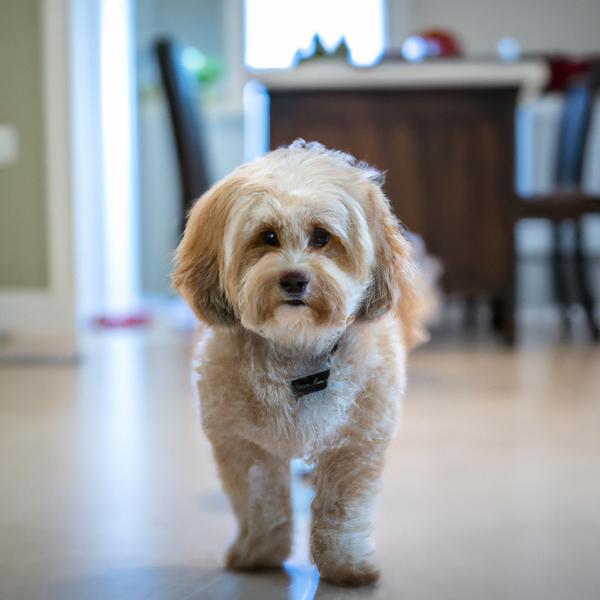
Lhasapoo
Doxie Scot vs Lhasapoo
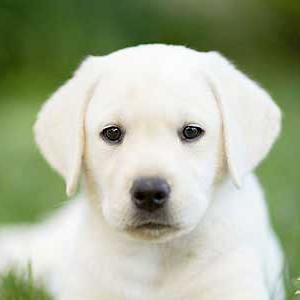
Labrador Retriever
Doxie Scot vs Labrador Retriever
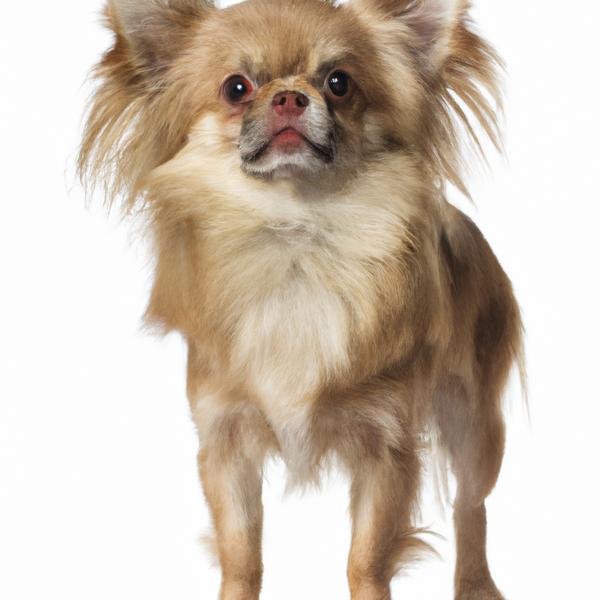
Chin-wa
Doxie Scot vs Chin-wa
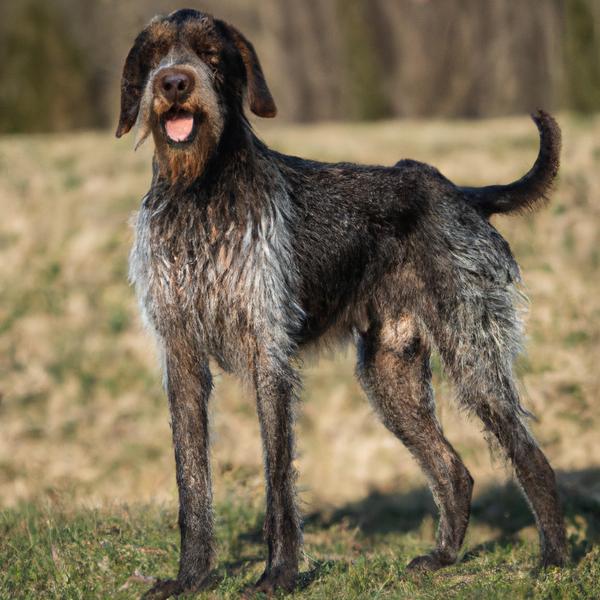
German Wirehaired Pointing Wolfhound
Doxie Scot vs German Wirehaired Pointing Wolfhound
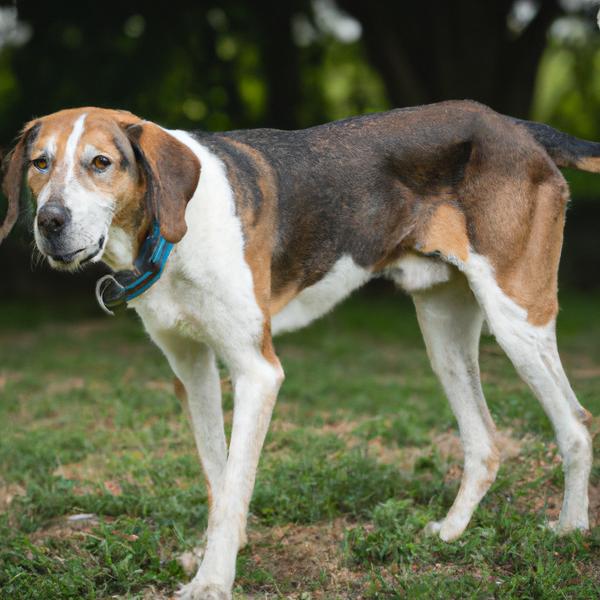
Mally Foxhound
Doxie Scot vs Mally Foxhound
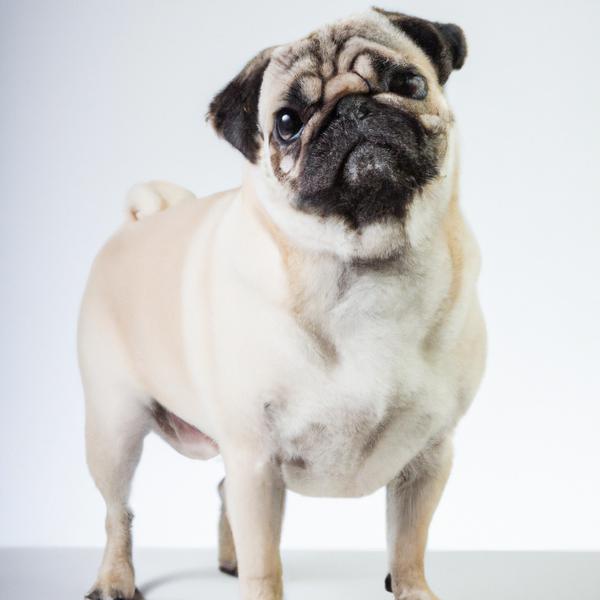
Pug
Doxie Scot vs Pug
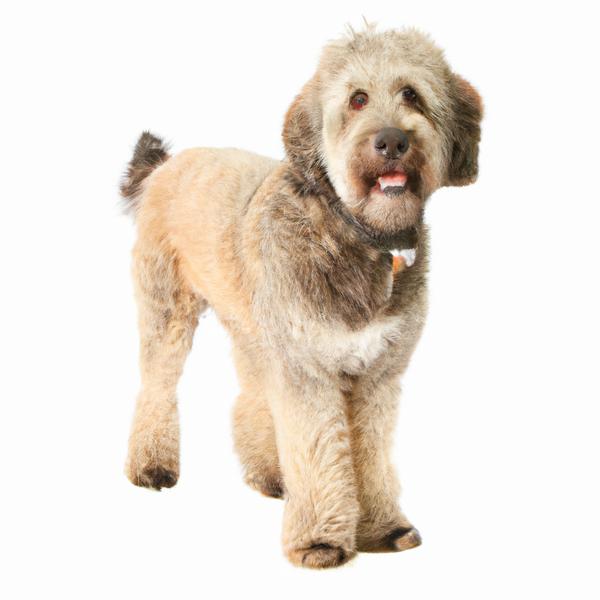
Bridoodle
Doxie Scot vs Bridoodle
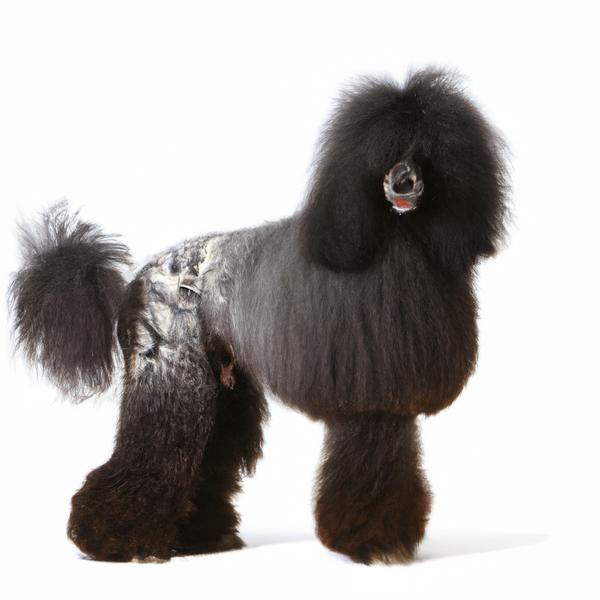
Puli
Doxie Scot vs Puli
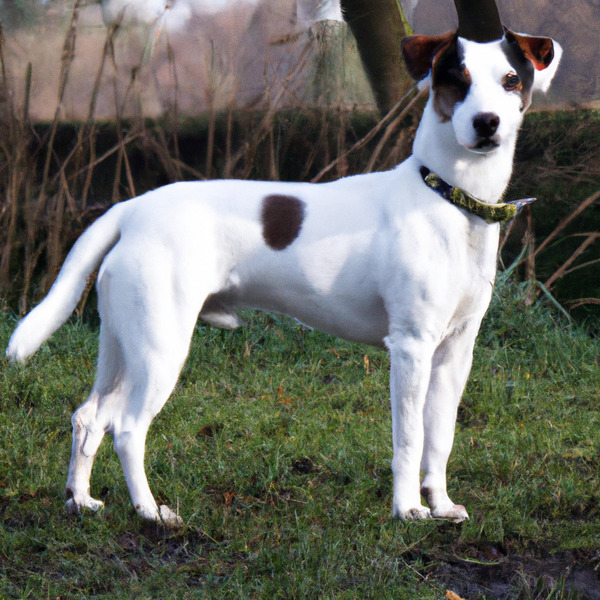
Markiesje
Doxie Scot vs Markiesje
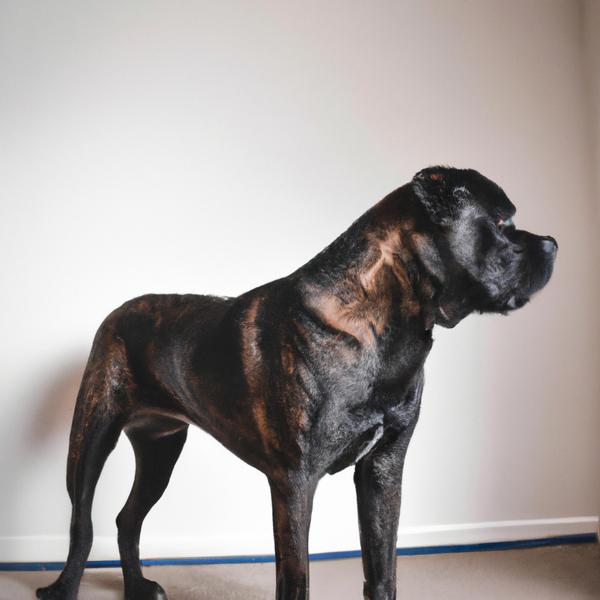
King Cavrin
Doxie Scot vs King Cavrin
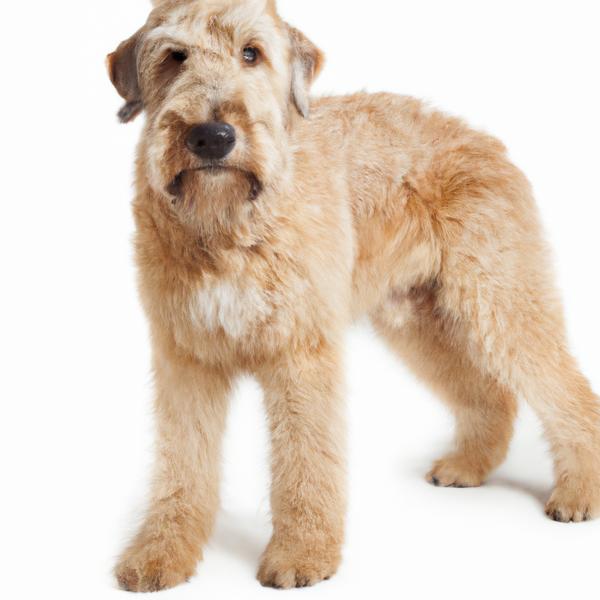
Soft-Coated Wheaten Terrier
Doxie Scot vs Soft-Coated Wheaten Terrier
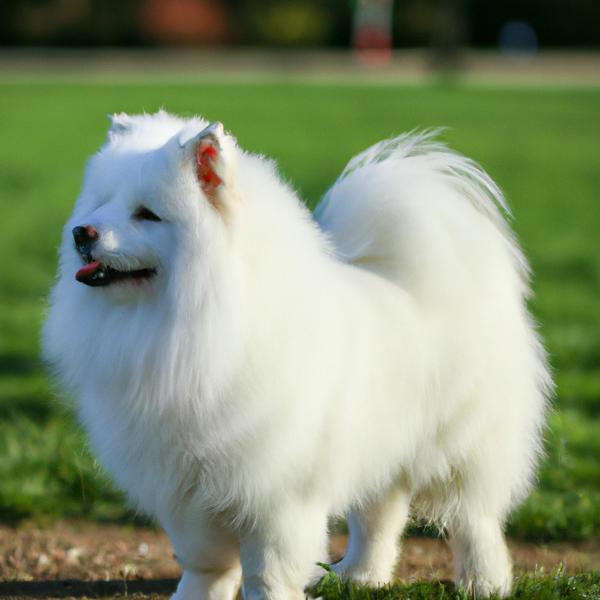
Coton Eskimo
Doxie Scot vs Coton Eskimo
